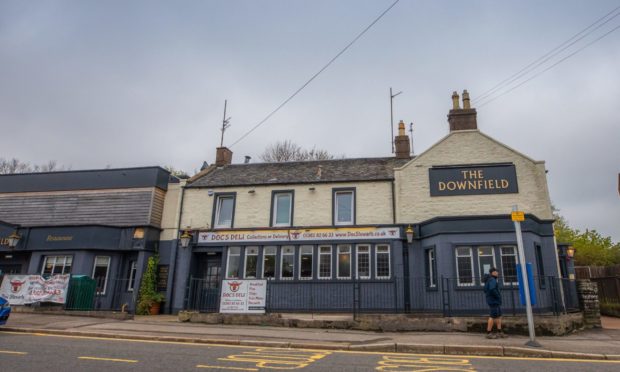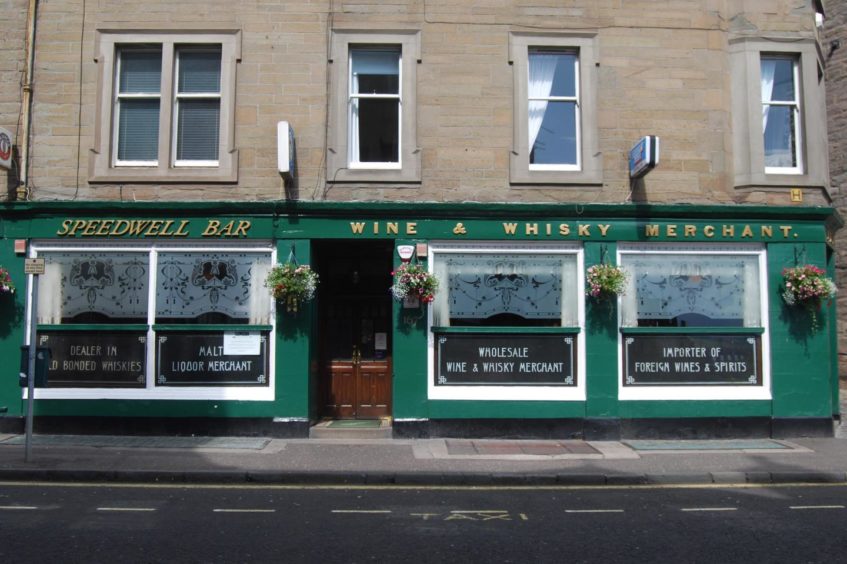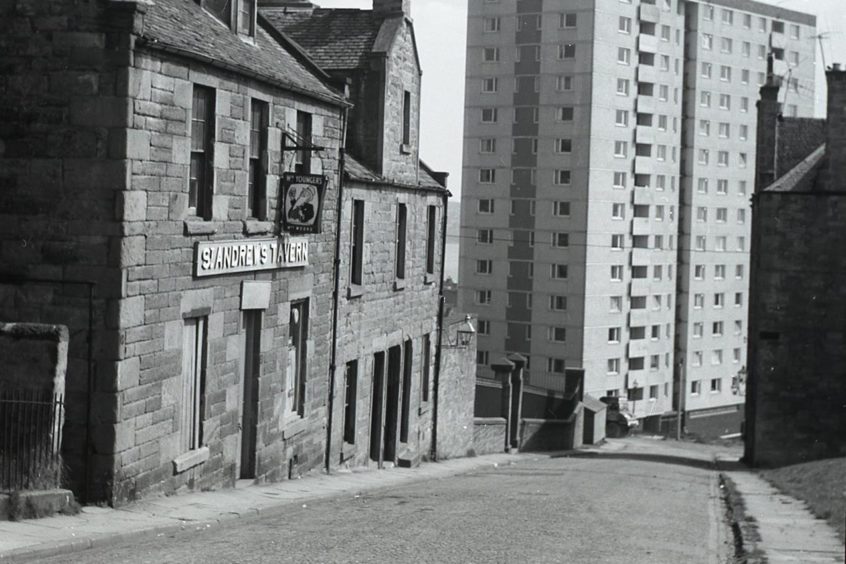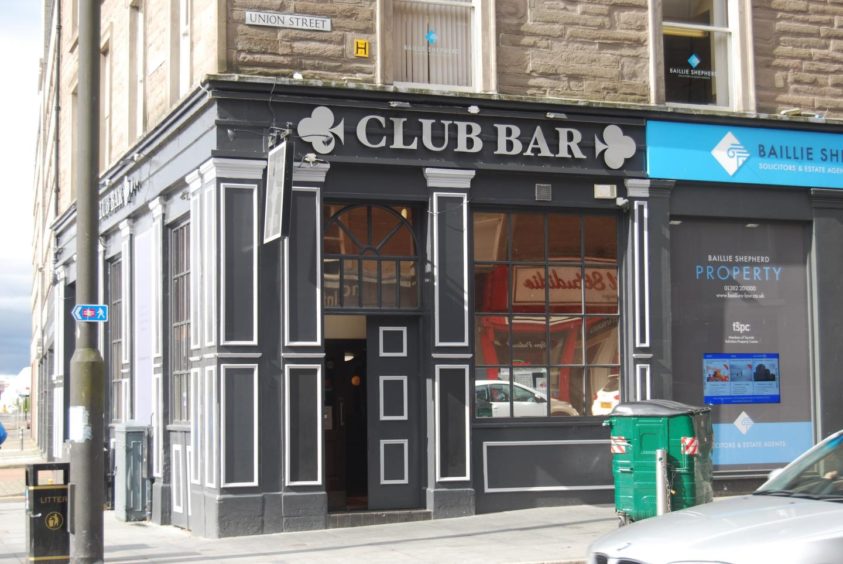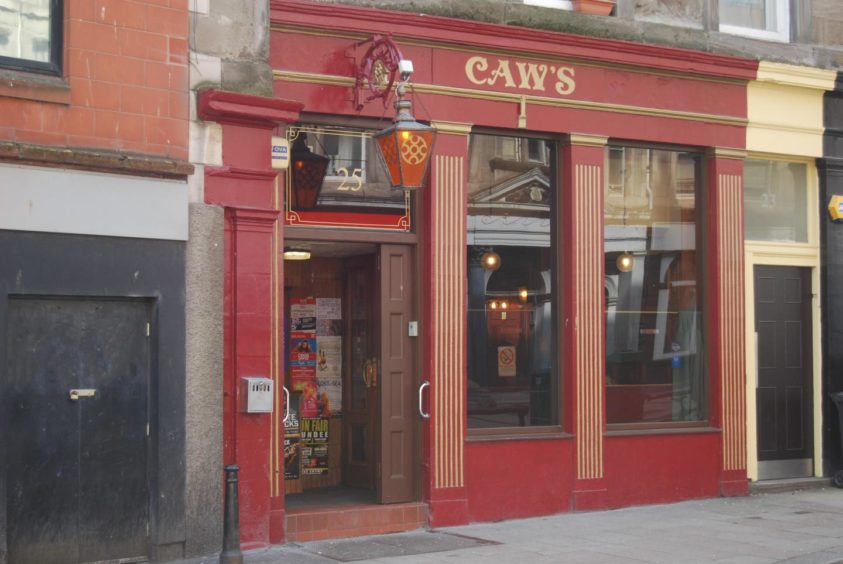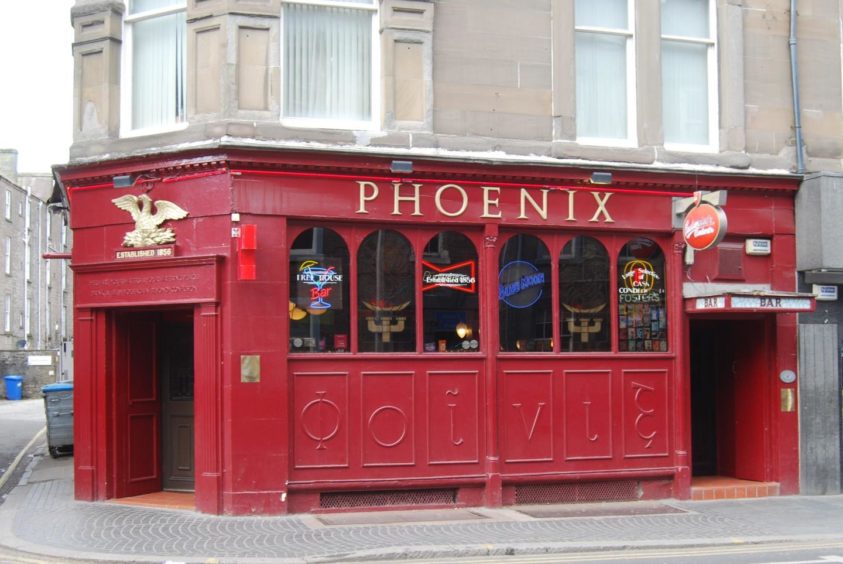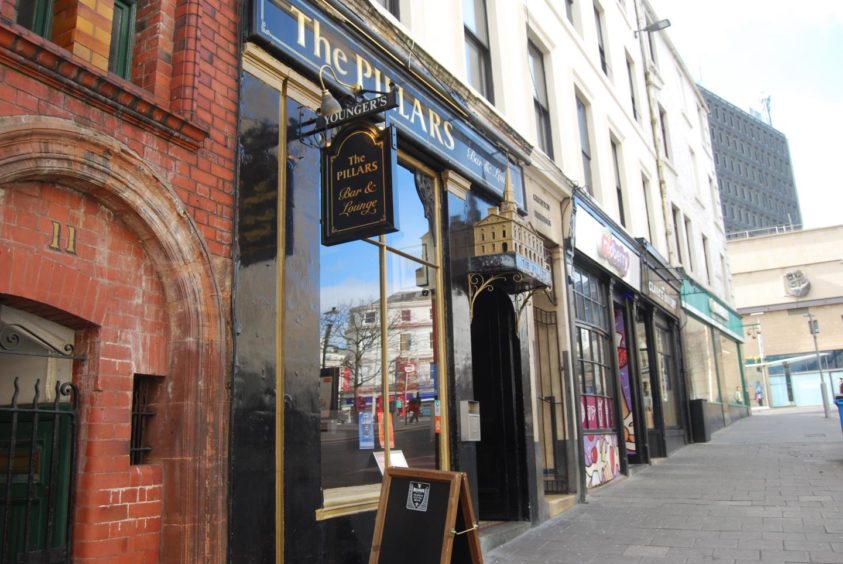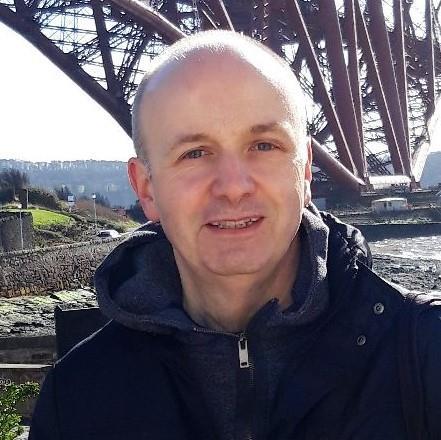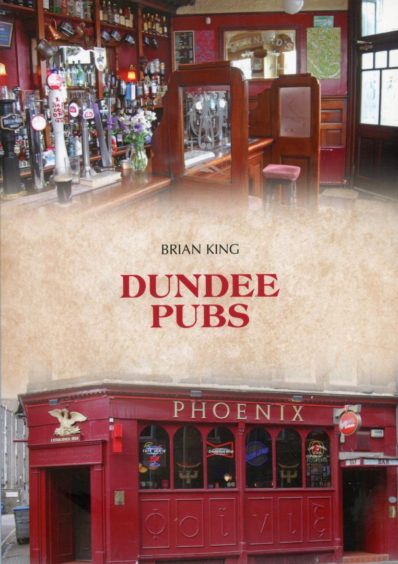How did the Phoenix get its name and just who was Doc Stewart?
Brian King answers these questions and more in his new book which digs up some curious details and explores the hidden histories of Dundee’s pubs.
Pubs have been the lifeblood of communities for generations and there was one pub for every 144 people in Dundee in the middle of the 19th century.
One might even have been Jack the Ripper’s local!
Brian, who has written several local history books, was born in Dundee and has always had an interest in the changing face of the city.
“It was after completing my book Dundee in 50 Buildings that I began to think about a type of building that I had not featured – the humble public house,” said Brian.
“I began to wonder if perhaps there might be a hidden history in the city’s pubs.
“After all, several of them have been around since the mid-19th century while other more modern establishments are housed in buildings with a long history of their own.
“I also felt that this important part of Dundee life over the years should be celebrated.”
“It is not a pub guide in the traditional sense.
“Instead, the book is a look into the history of Dundee’s pubs, the landlords, stories, notable features and some of the city’s more unusual bars.”
The Mad Dog was the city’s smallest pub
Brian said the long-demolished St Andrew’s Tavern in Rose Street near the Hilltown was reputed to be the city’s smallest pub.
The pub was also famous for being given the curious nickname of “the Mad Doag” after the former landlord was bitten by a mangy mutt.
“Some disputed this, however, suggesting that it came from a sign which used to hang outside the pub depicting a St Bernard dog,” said Brian.
“I managed to track down the story of the original dog bite incident from a newspaper report in 1870 and discovered that the landlord subsequently died of rabies.”
Who was Doc Stewart?
The Downfield Hotel has always been known as Doc Stewart’s to the local community and Brian discovered his real identity during his research.
James Stewart was born in Glamis in 1860 and moved to Dundee when he was 13 to work in the grocery trade.
In 1893, he married Jessie Warner who ran the Downfield Tavern.
Brian said: “Jessie sadly died in the flu epidemic of 1918 and ‘Doc’ Stewart continued to run the Downfield until his death in 1935.
“The nickname ‘Doc’ is said to have come about because visiting a pub was not as acceptable in those days as it is now, and children would be told that their father had gone to the doctor’s or the chemist’s or some other such euphemism.
“It seems that Doctor Stewart had so many ‘patients’ that the name stuck!”
Was this Jack the Ripper’s local?
In 1889, a respectable looking couple arrived at Dundee docks and took up lodgings at 43 Union Street.
They only stayed there for just over a week and went into the neighbouring pub – now the Club Bar – almost every day.
Barely two weeks after her arrival in Dundee, the woman – Ellen Bury – was dead, murdered at the couple’s new lodgings in Princes Street.
Investigators went to the couple’s Union Street home and discovered Ellen’s mutilated remains crammed inside a wooden box.
Chalk graffiti on the back door of the flat stated: “Jack Ripper is at the back of this door” and on the stairwell: “Jack Ripper is in this seller”.
Brian said: “Her husband, William Henry Bury was found guilty of the crime and condemned to death, later becoming the last man to be hanged in Dundee.
“At the time of his arrest, he told the police he was worried that people might think he was Jack the Ripper.
“Some believe that this is because he was indeed the notorious serial killer.
“Bury had come to Dundee from the East End of London at the time of the Ripper murders.
“After he left there were no further murders.
“It seems likely that the killer’s true identity will never be known but few visitors to the Club Bar today will be aware that they are drinking in what might possibly, for the briefest of periods, have been Jack the Ripper’s local.”
Caw’s link to the Tay Rail Bridge Disaster
Brian highlighted a poignant link to the Tay Rail Bridge Disaster where iron workers celebrated the completion of their work in Caw’s Bar in Panmure Street in 1877.
“In its early days Caw’s had established a reputation as a venue for special gatherings and played host to celebratory suppers for clubs, sporting organisations and workplaces,” he said.
“One such gathering took place in 1877 when the last of the workers employed in the iron moulding department at the new Tay Bridge had a supper there to celebrate the completion of their work on the structure.
“The joyful evening ended with the singing of Auld Lang Syne.
“The revellers could not have known that two years later, the bridge of which they were so proud would collapse, leading to the deaths of all passengers and crew on a train that was crossing at the time.”
The women who were eaten by a dragon
The Phoenix in the Nethergate gets its name from a corruption of Fenwick – the name of the original landlord.
The Speedwell, Perth Road, also takes its name from its first landlord, a Mr Speed, but people are more likely to know it as Mennie’s – the name of one of his successors.
“The Pillars in Crichton Street borrows the nickname of Dundee’s old Town House which once stood where the City Square is today,” said Brian.
“It still has a model of the Town House as its pub sign.
“The Nine Maidens in Laird Street takes its name from a local legend about some unfortunate women who were devoured by a dragon.
“The dragon was later killed by a local man named Martin.
“The legend is also commemorated with a statue in the city centre.
“The Gunners, King Street, Broughty Ferry was once called the Freemasons’s Arms but gained its name in 1922 when it was taken over by Neil Smith, who had been a master gunner with artillerymen who were stationed at Broughty Castle.”
The future of the humble pub
Brian said Dundee retains a large number of pubs despite the coronavirus pandemic being particularly rough on the hospitality industry.
“The long-term effects of the crisis remain to be seen and the pub trade also has other trends to navigate, such as the decline of High Street shopping which might have an effect on city centre pubs, and the rise of home working which might offer a boost to neighbourhood locals,” he said.
“Writing this book though has shown me that that the industry has always adapted to changing trends and the needs of its customers.
“One reason to be optimistic is surely that while the last year or so has shown that a lot of things can be done just as well online and remotely, socialising is not one of them and a night in the pub with friends is one of the things that people have missed the most.
“Perhaps we will appreciate our pubs more in the future.”
Dundee Pubs by Brian King is out on June 15.
